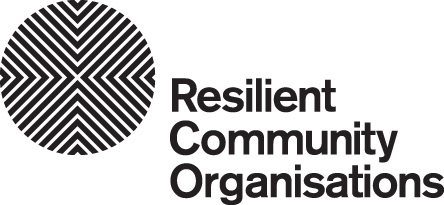Identifying and Communicating Triggers and Key Messages
When a hazard occurs, like a fire, flood, heat wave and so it is essential that everyone knows exactly what to do.
Everyone needs to know:
-
When disaster plans come into effect
-
Who does what when the disaster plan is in effect.
-
What are the triggers that bring disaster plans into effect.
To be effective, he triggers will need be very specific and practical. For example:
-
If clients are not able to access the service outlet premises (because of fire, flood etc.) then ….
They must also identify what needs to happen whn the trigger occurs. For example:
-
Alerting people at the workplace to an emergency or possible emergency, for example siren or bell alarm
-
Evacuation procedures, including arrangements for assisting any hearing, vision or mobility-impaired people
Some organisations find it useful to have A4 size laminated flip charts that identify the triggers for each hazard and the first actions to be taken.





